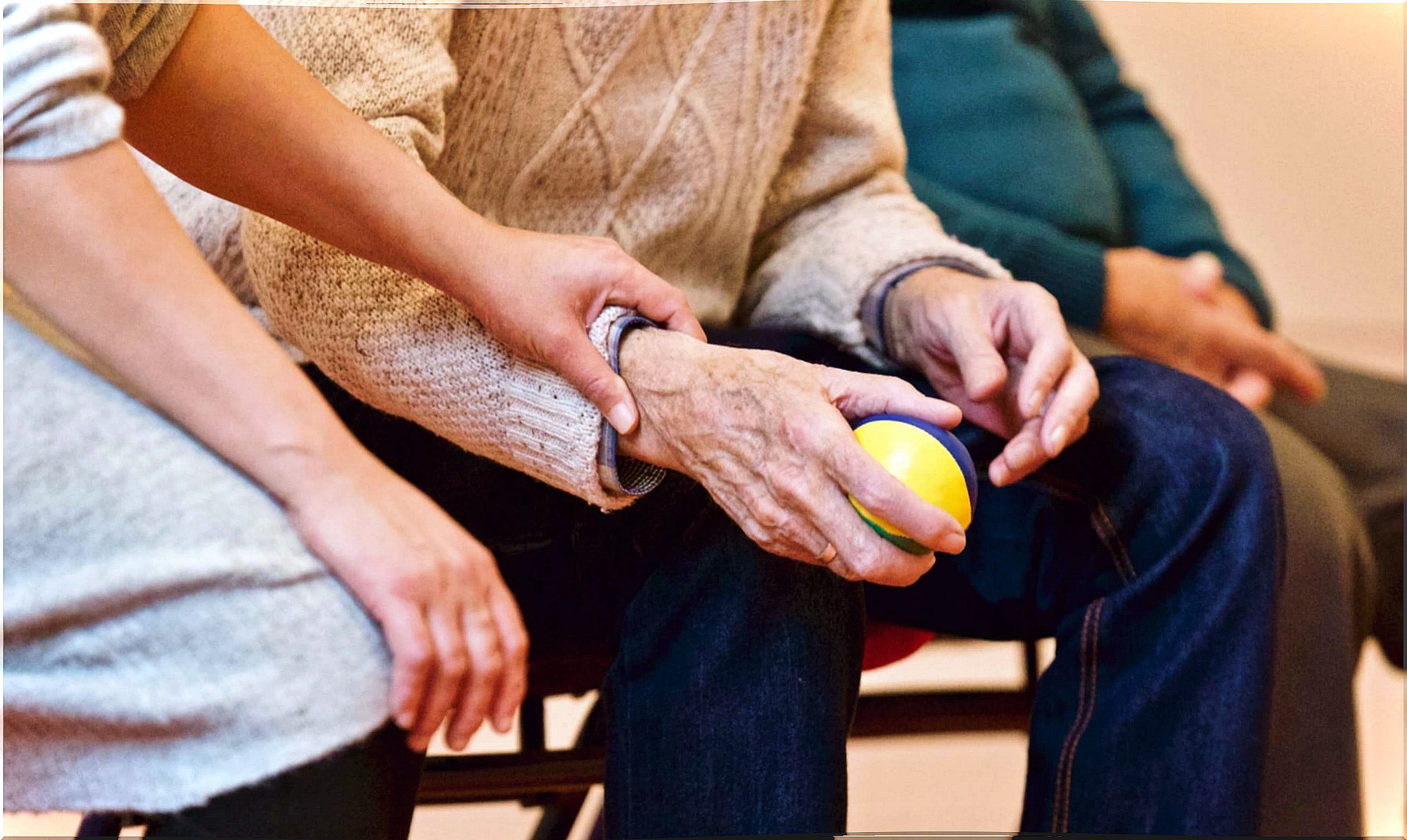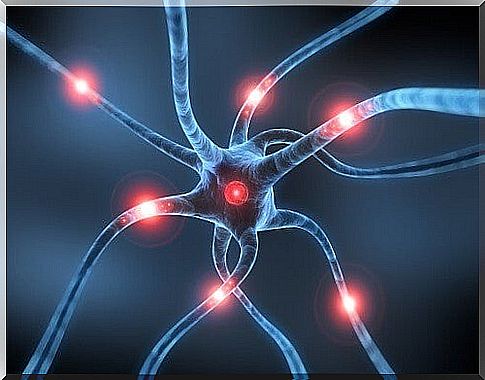Rasagiline: Presentation And Indications
Rasagiline is a drug that belongs to the family of irreversible inhibitors of the enzyme monoamine oxidase (MAO). It can be used as monotherapy or as adjunctive therapy for the treatment of Parkinson’s. When the disease is more advanced, it is used in combination with other medications.
Although we will see it later and in more detail, it should be noted that rasagiline is selective for MAO type B versus type A. Due to this, it causes an increase in natural substances in the brain, such as monoamines.
On the other hand, this medicine comes in the form of tablets to be administered orally. The dosage is usually once a day, with or without food.
Rasagiline has better neuroprotective properties than other drugs used for the same indication, such as selegiline. The reason for this is that the latter drug is metabolized into a toxic substance and rasagiline is not.
What is Parkinson’s?

Parkinson ‘s disease is a neurodegenrative disorder that affects the nervous system. In the second most prevalent disease, after Alzheimer’s, and belongs to the so-called Movement Disorders.
It is a disease characterized by the loss of neurons in the substantia nigra, a structure found in the middle part of the brain. As the substantia nigra is lost, dopamine levels drop considerably. Dopamine is a neurotransmitter necessary for the transmission of information from the brain to the rest of the body to carry out movements.
In this way, by not having enough dopamine, which is one of the brain’s monoamines, this transmission is affected and, together with it, the control that the patient has over movements. All this triggers a series of motor symptoms such as tremor at rest or rigidity.
What Causes Parkinson’s?
Although a series of factors that favor the development of this disorder are known, the exact cause that triggers it is not yet known. Among the contributing factors we can mention the following:
- Age: it is a clear risk factor. The disease usually begins between the ages of 50 and 60. If it occurs before the age of 50, the disease is known as Early-Onset Parkinson’s.
- Genetics: 90% of Parkinson’s cases are not related to a genetic alteration. However, there are 15-25% of patients who have a family member who has developed it.
- Environmental factors : the continued consumption of well water or having been exposed to pesticides and herbicides can be risk factors for the development of this disease.
How does rasagiline exert its effect on the body?

Rasagiline, as we have seen, is a drug that inhibits monoamine oxidase B. This enzyme is found in the mitochondria of cells at nerve endings throughout the body, especially in the brain, liver, and intestinal lining.
MAO regulates the degradation of catecholamines, such as dopamine, and of serotonin in the central nervous system and peripheral tissues. In the brain, the predominant MAO is type B.
Today, the precise mechanisms of action of this drug are unknown. Its effects are believed to be related to its MAO-B inhibitory activity. This would cause an increase in extracellular dopamine levels.
Increased dopamine concentrations and consequently increased dopaminergic activity are likely to be responsible for the beneficial effects of rasagiline seen in models of dopaminergic motor dysfunction.
Conclusion on rasagiline
Rasagiline is a drug used to treat Parkinson’s. It comes in the form of tablets for oral administration. It is usually recommended to always take it at the same time, with or without food.
Always follow your doctor’s instructions and check with him or her about anything you don’t understand. You should not reduce the dose or the frequency of taking on your own. Misuse of this medicine can have serious health consequences.









